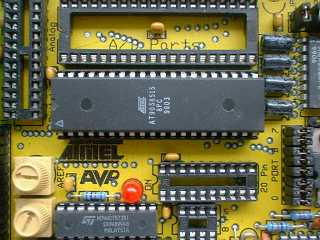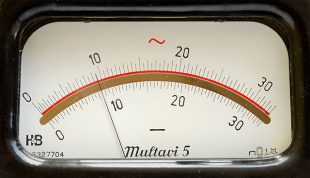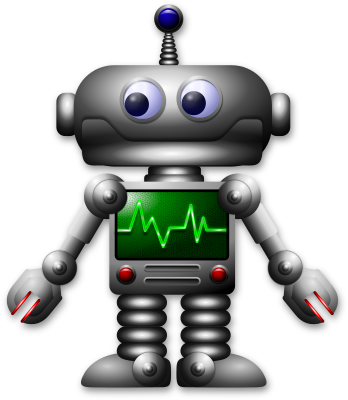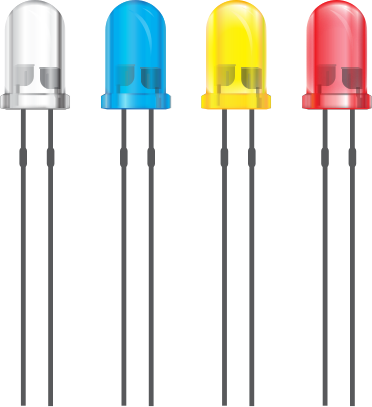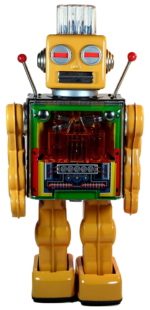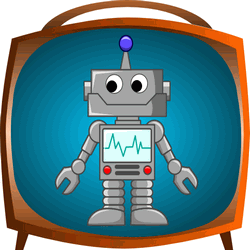The Scots Guide to Electronics
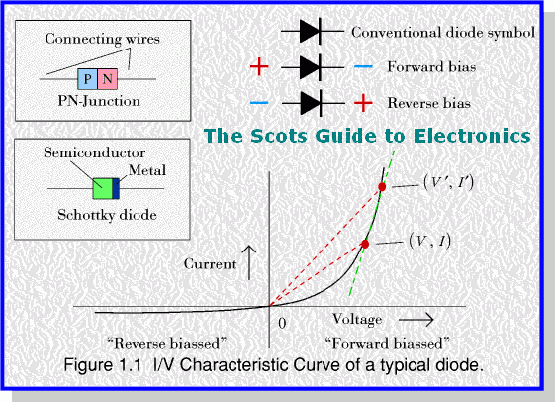
This course is designed to help you learn about components, circuits, and the use of electronics. You can explore the contents in whatever order you wish.The emphasis is on providing information starting at the ‘absolute beginners’ level, but we hope eventually to provide material of use to anyone interested in electronics and its applications …
The Scots Guide to Electronics
This section of the Scots Guide deals with Analogue Electronics with a special emphasis on Audio-related topics. There are also some specialist pages on the properties of cables as these relate to audio.

The First Eleven – Basic electronics courses sometimes make it appear as if electronic engineers have an obsession with voltmeters, batteries, and oscilloscopes. That’s because it’s often convenient to talk about these when presenting a course at a university, college, or wherever. In reality, the physics and electronics of practical systems like Hi-Fi’s, TV’s, computers, etc, are much more interesting.
The main components used in electronics are of two general types: passive (e.g. resistors and capacitors) and active (e.g. transistors and integrated circuits). The main difference between active and passive components is that active ones require to be powered in some way to make them work. Active components can also be used to amplify signals.
by J. C. G. Lesurf University of St Andrews Astronomy Group, Scotland.






